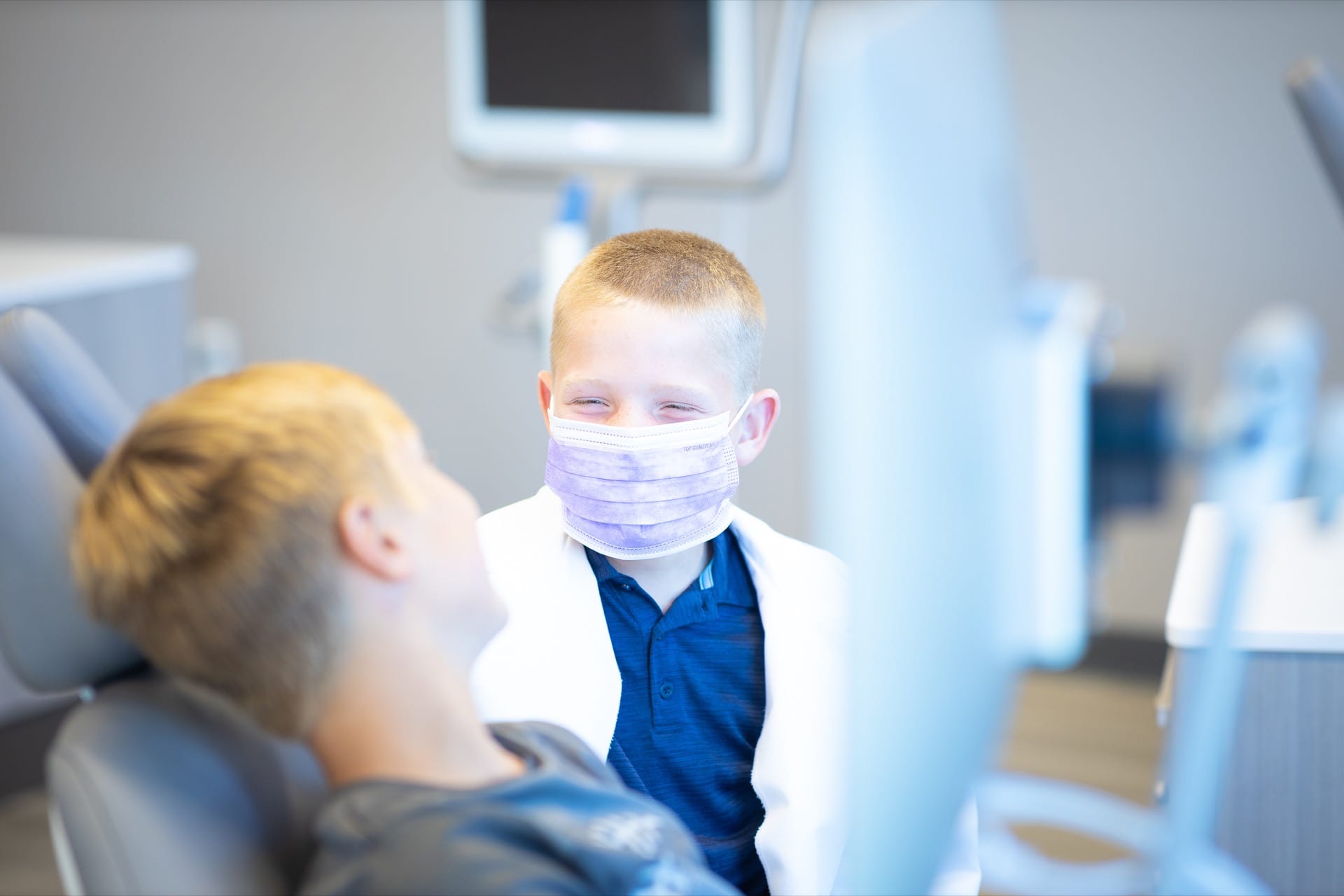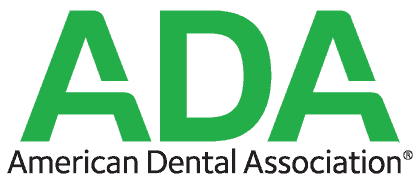What Are Black Triangles on Teeth, and How Do I Fix Them?
Have you ever noticed little black triangles between your front teeth? They appear above the gums and below where your teeth sit side by side. You may think these little black gaps between teeth are spaces, but they could signal something more serious than just spaces. It could mean you have a form of gum disease.
A black triangle between your teeth could indicate gum recession. They’re called open gingival embrasures and could be a warning sign for advanced gum disease. Those black triangles are something we watch for when working with our patients. We not only want to repair your teeth and bite, but we also want to ensure you have great oral health.
Traditional metal braces are the most common type of braces and are more comfortable today than ever before. Made of high-grade stainless steel, metal braces straighten your teeth using metal brackets and archwires. With metal braces, you have the option of adding colored elastics (rubber bands) for a more unique and colorful smile.
What Is a Black Triangle?
Not enough gum tissue to fill the gaps creates a black triangle between the teeth and the gum line. Why? It could be a sign of gum disease, your gums receding as you age, or genetics.
Whatever the case, these small spaces can make your smile look less natural. They can also trap food against your teeth and gums, accelerating gum disease and tooth decay. Gum disease can lead to infections and bone loss. If you have black triangles teeth, they should be addressed as soon as possible.

What Causes Black Triangles?
We mentioned three things that could cause black triangles in teeth, but other things could cause them. Do you use toothpicks too often or bite your nails and slide them between the teeth? You may apply too much pressure to your gums when you floss. All of these can cause black triangles.
You may even see black triangles with Invisalign or braces. As your teeth line up correctly, they may reveal that your gums have receded. We will watch this closely during your orthodontic treatment because gum disease could make your teeth looser than we’d like.
Here are the common causes of black triangles.
- Genetics
- Gum disease
- Recession from aging
- Flossing too hard
- Too much space between teeth
- Misshapen crowns or tooth restoration
- Diverging roots after braces or Invisalign treatment
- Nail-biting or picking
- Using toothpicks too much
Is It Normal to Have Black Triangles in Your Teeth?
Black triangle teeth are more common than you may think. Studies show about 67% of people ages 20 or older have black triangles. Still, while having black triangles may be pretty common, it doesn’t mean it’s healthy. It may mean you must break some bad habits and be more diligent with your oral hygiene.

Can Braces Fix Black Triangle Teeth?
During orthodontic treatment, black triangles may not be immediately noticeable but can become more visible over time. It’s important to note that getting braces does not cause these black triangles.
As your teeth move into their proper place, you also get proper spacing between your teeth. Recessive gums become more evident as teeth move into their proper positions. This means braces don’t cause black triangles, but they will cause them to show up better.
Braces or clear aligners can’t remove the problem, but they can help you see it and fix it. Patients tend to be more diligent with brushing and flossing during treatment. Better oral care can improve gum health and eliminate black triangles.
How Do I Get Rid of Black Triangles on My Teeth?
What’s the best way to get rid of black triangles on teeth? Practice good dental hygiene by brushing and flossing after every meal. You don’t have to apply pressure to clean the space between your teeth. Move the floss back and forth, and it will do its job.
What if the problem is badly-shaped teeth or another issue besides dental health habits? There are other ways to fix black triangle teeth.
- Reducing the space between uneven teeth or crowns can fix the issue. This will make them smooth and allow the orthodontist to align them properly.
- Add crowns, veneers, or bonding to give your teeth the proper shape and allow them to sit flush against one another.
- Help gum tissue regrowth with tissue engineering or volumizing.
- Use gingival veneers to hide black triangles temporarily
- Use pink porcelain during pink restoration to hide a black triangle.
If you want to know how to fix black triangle teeth best, consult your dentist or us at Hentscher-Johnson Orthodontics. We can provide solutions to repair your gums and give back that beautiful smile!
Repairing Black Triangles in Columbia, IL and Waterloo, IL
Black triangles can make your smile look worse, but your dentist and Hentscher-Johnson Orthodontics can fix it. If you’re in the Columbia, IL, or Waterloo, IL, areas, schedule an appointment with us.
We can examine your teeth and gums and determine why you have black triangles and how to reduce or eliminate them. We can also enhance the appearance of your smile with braces, clear braces, Invisalign, or 3M Clarity clear aligners. Let us show you how we can improve the look of your smile!














